June arrives quietly—but the garden is at a turning point. The decisions you make in this first week can mean the difference between a lush, thriving space and a season filled with pests, wilt, and missed harvests.
This is the moment to check for hidden stress signals, fine-tune your watering routine, secure vulnerable plants, and prepare for the intense heat ahead. A few smart tasks now can prevent the most common summer disasters before they even start.
In this article, you’ll find a practical 25-point checklist tailored to early June—covering everything from pruning and fertilizing to subtle microclimate tweaks that can save your entire garden later.
Weed Control
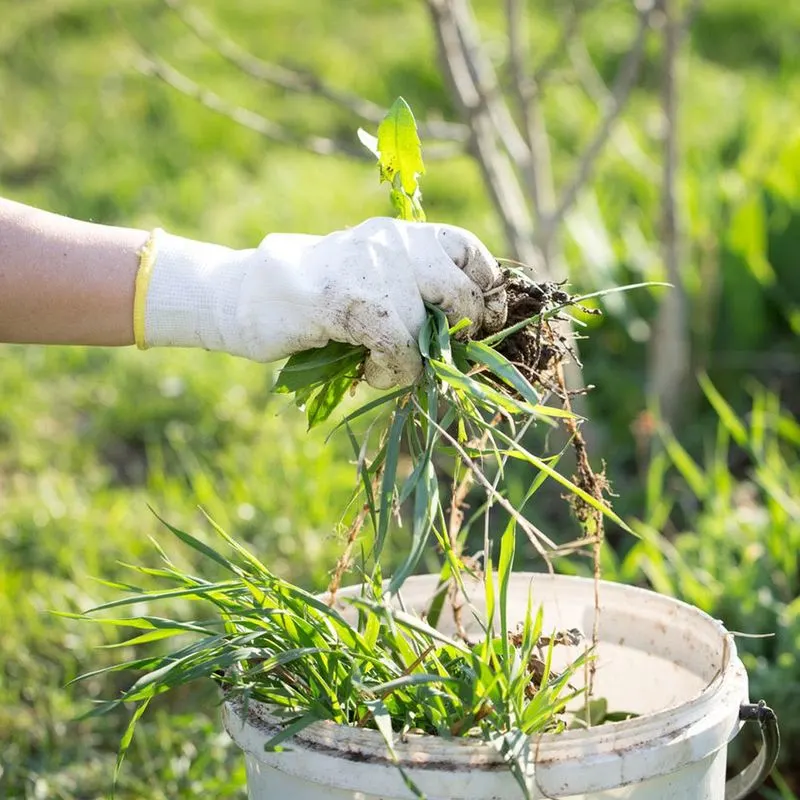
Weeds, those relentless invaders, can quickly overrun your garden if left unchecked. Spend some time this week pulling them out by the roots. This not only keeps your garden tidy but also prevents these unwanted plants from stealing nutrients from your precious flowers and vegetables. Consistent weeding is crucial for maintaining a healthy balance in your garden’s ecosystem. Don’t forget to mulch afterwards to prevent their return. Mulch acts as a barrier, smothering emerging weeds and conserving soil moisture. Your effort now will save you from a weedy nightmare later in the summer.
Soil Testing
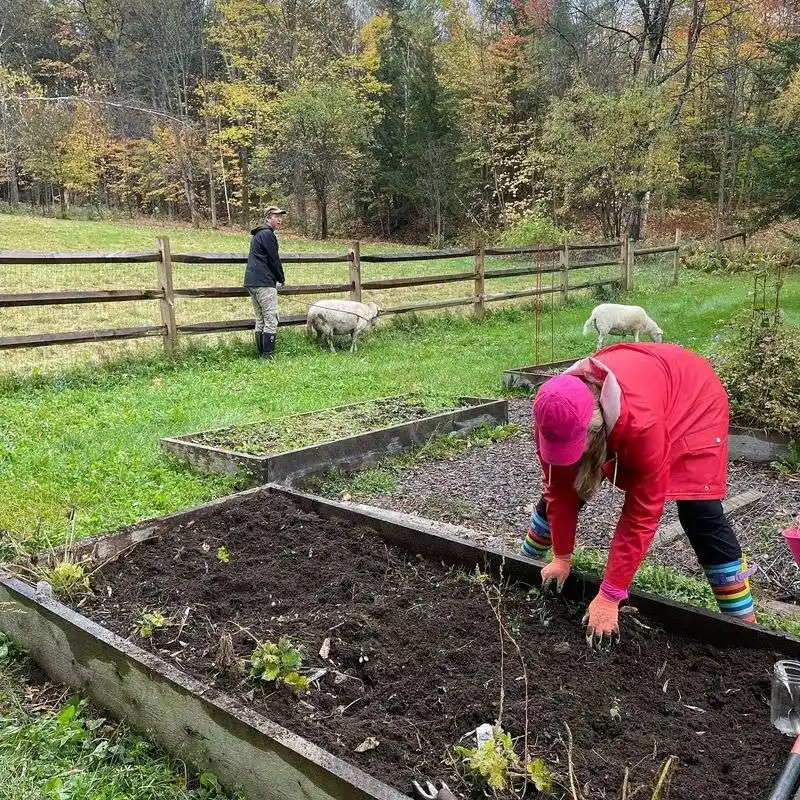
How well do you know your soil? Testing your soil can unveil its secrets, giving you insight into pH levels and nutrient deficiencies. This knowledge allows for precise amendments, tailored to your garden’s specific needs. By adjusting the soil conditions now, you encourage optimal growth and vibrant blooms. Testing kits are affordable and widely available at garden centers. Consider it an investment in your garden’s health. Remember, healthy soil is the foundation of a flourishing garden. With the right balance, your plants will reward you with an abundant display of color and life.
Watering Schedule Adjustment
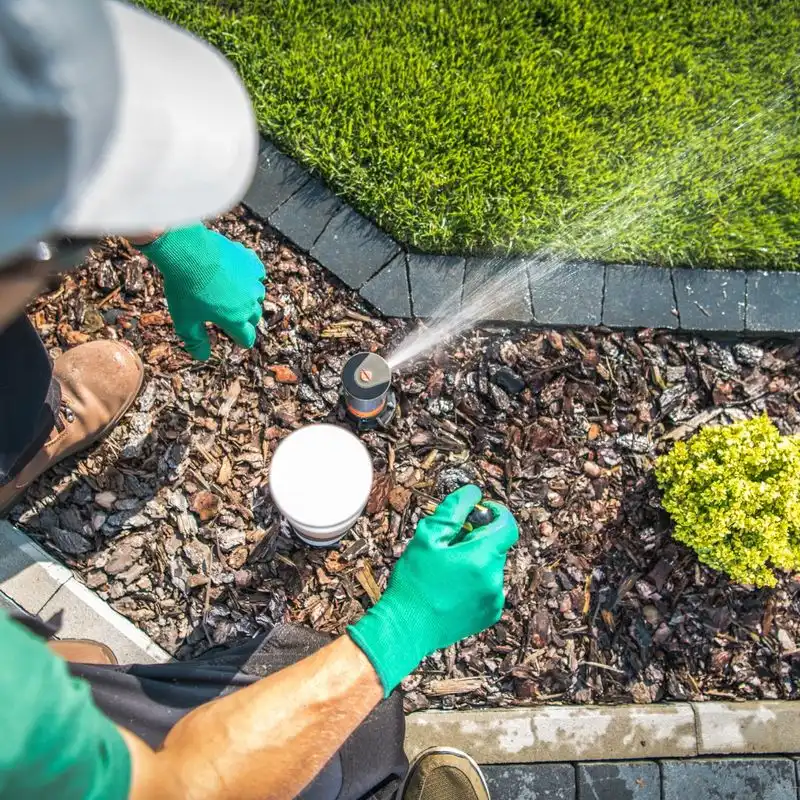
June often brings warmer weather, requiring a change in your watering habits. Adjust your schedule to meet the rising demands of thirsty plants. Early morning is the best time to water, reducing evaporation and allowing leaves to dry by evening. This helps prevent fungal diseases. Deep, infrequent watering encourages roots to grow deeper, making them more drought-resistant. Keep an eye on rainfall, and adjust accordingly. Overwatering can be just as harmful as underwatering, leading to root rot. A well-planned watering strategy will keep your garden vibrant and resilient throughout the summer.
Pest Inspection
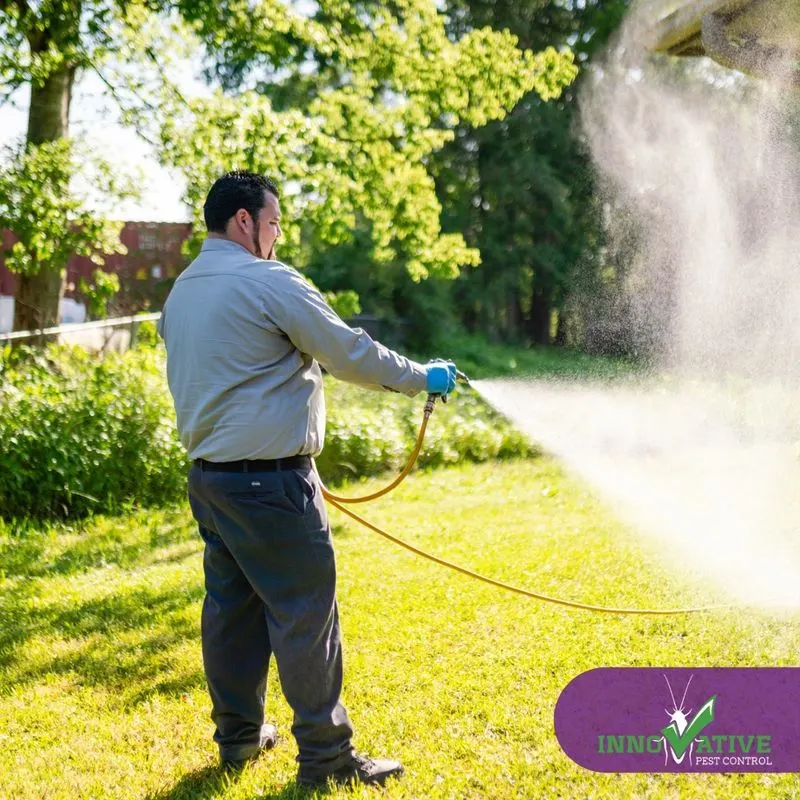
Tiny critters can cause big problems if ignored. Regular inspections will help you catch pest infestations early, before they wreak havoc on your garden. Look for telltale signs like holes in leaves, discolored foliage, or unusual plant behavior. Natural predators, like ladybugs, can be your allies in maintaining pest balance. Consider introducing them to your garden as part of an integrated pest management approach. Using organic sprays and deterrents can also help keep pests at bay without harming beneficial insects. Vigilance now can save you from a pest-driven garden disaster later.
Pruning Deadheads
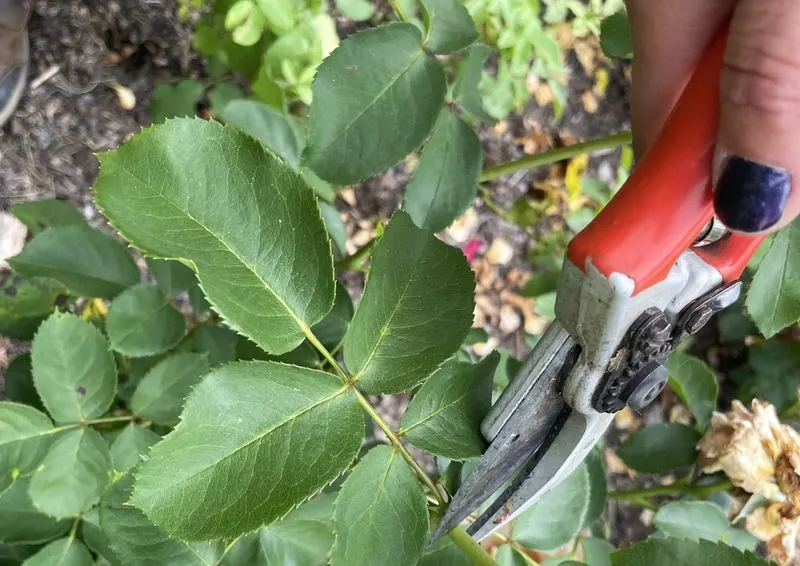
Removing dead blooms encourages plants to focus energy on new growth rather than seed production. Pruning deadheads not only tidies your garden but also extends the flowering period. Each snip invigorates plants, promoting more blooms and a fuller appearance. It’s a simple task with significant impact, turning a potential mess into a masterpiece. Be strategic with your cuts, and always use clean, sharp tools to avoid spreading disease. Regular maintenance like this ensures your garden remains a colorful canvas of continuous blooms. Your roses, in particular, will appreciate the extra attention.
Fertilizing
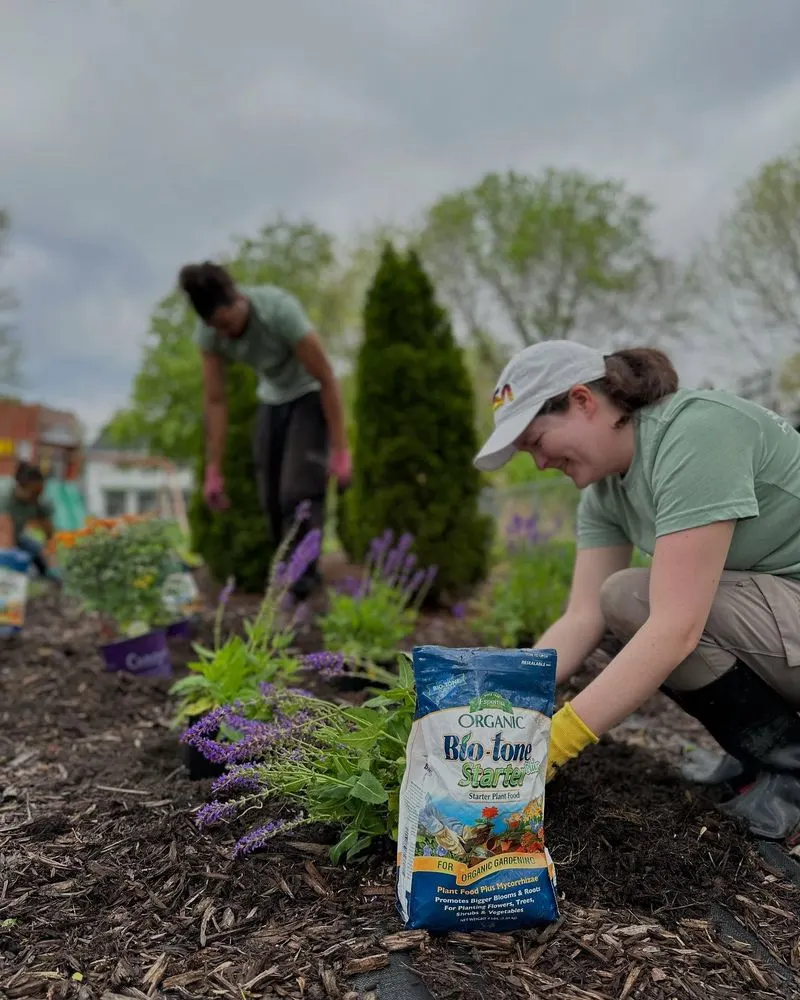
Nourishing your plants with the right fertilizer boosts their growth and resilience. June is the optimal time to give your garden a nutritional boost, setting the stage for a fruitful season. Choose organic options for a safer, more environmentally friendly approach. Each plant type may require different nutrients, so tailor your fertilization plan accordingly. Over-fertilizing can lead to lush foliage but poor blooms or fruit, so balance is key. This boost of energy will strengthen your plants, enabling them to withstand the stresses of summer. Your garden will thank you for this mid-season treat.
Mulching Beds

Mulching is a gardener’s secret weapon, offering numerous benefits. By adding a layer of mulch, you suppress weeds, retain soil moisture, and maintain a stable soil temperature. This protective layer also enriches the soil as it breaks down, providing nutrients over time. Choose organic mulch like wood chips or straw for the best results. Apply a 2-3 inch layer, but avoid piling it against plant stems to prevent rot. This simple act of covering your beds can lead to a more sustainable and thriving garden environment. Mulch is like a cozy blanket for your plants, shielding them from extremes.
Divide Perennials
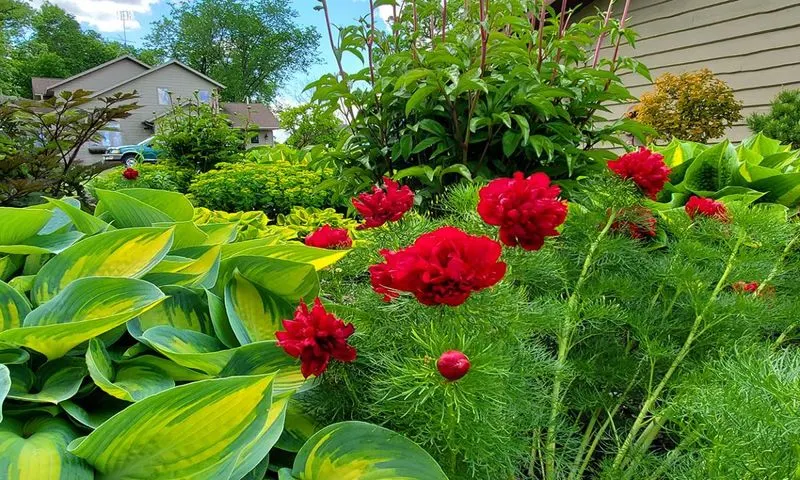
Have your perennials outgrown their space? Dividing them not only controls their size but also rejuvenates them, leading to healthier, more vigorous plants. This task is best done in the cooler, early days of June. Use a sharp spade to lift and separate the plants, ensuring each division has roots and foliage. Replant the divisions promptly, watering them well to help them settle in. This process can also fill in gaps in your garden or provide new plants to share with fellow gardeners. It’s a rewarding task that breathes new life into your garden, encouraging robust growth and blooming.
Planting Summer Annuals
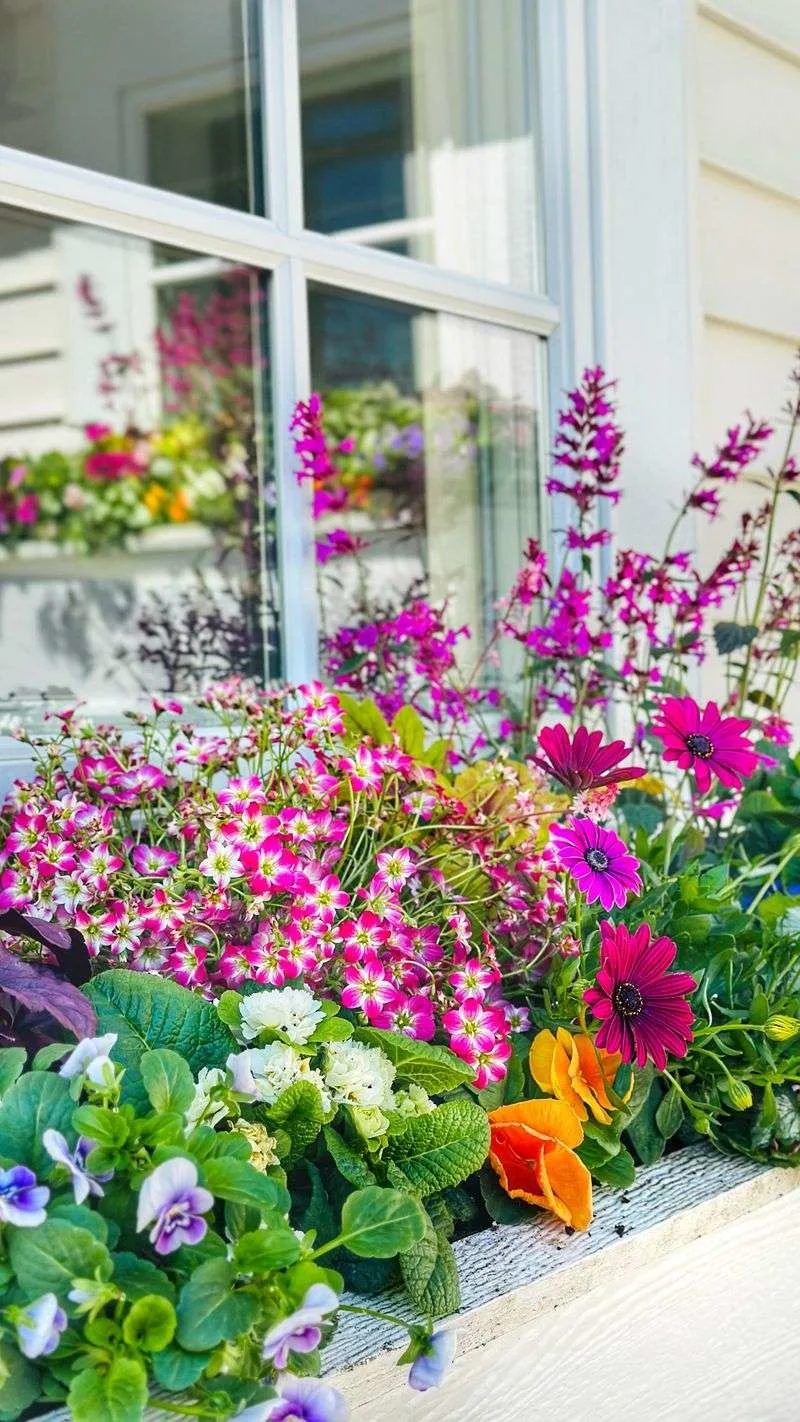
Brighten up your garden by adding summer annuals like marigolds, petunias, and zinnias. These flowers provide a burst of color, ensuring your garden remains vibrant throughout the hotter months. Plant them early in June to allow them to establish before the peak of summer heat. Choose a diverse array of colors and types to create visual interest and attract pollinators. Ensure they are planted in well-draining soil and watered regularly to promote healthy growth. With their cheerful presence, summer annuals bring a joyful flair to any garden, making your outdoor space a delightful sight.
Inspecting Irrigation Systems
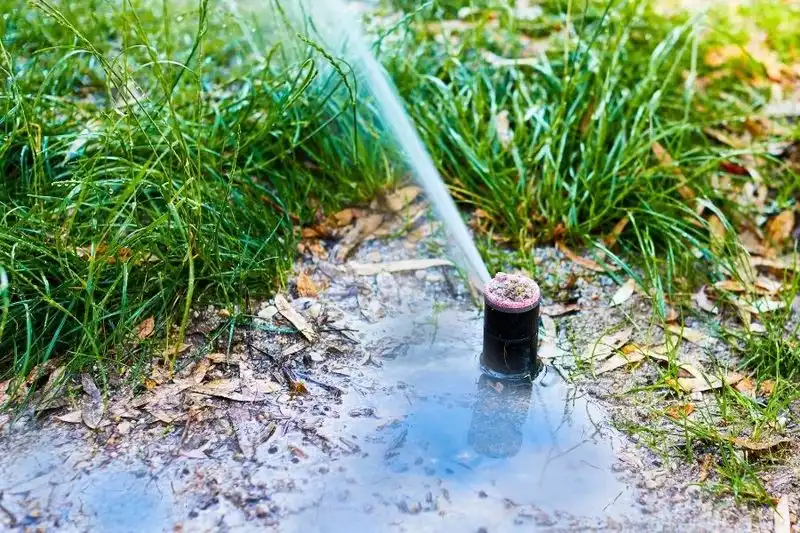
Ensure your irrigation system is in top shape to handle summer’s demands. Check for leaks, clogged nozzles, and misaligned sprinklers. Efficient water delivery is crucial to conserve resources and maintain healthy plants. Make any necessary repairs or adjustments now, saving you trouble when water is most needed. A well-maintained system prevents overwatering or underwatering, both of which can stress plants. Consider upgrading to a programmable timer for convenience. Reliable irrigation is a cornerstone of a thriving garden, ensuring your plants receive the hydration they need without waste.
Composting
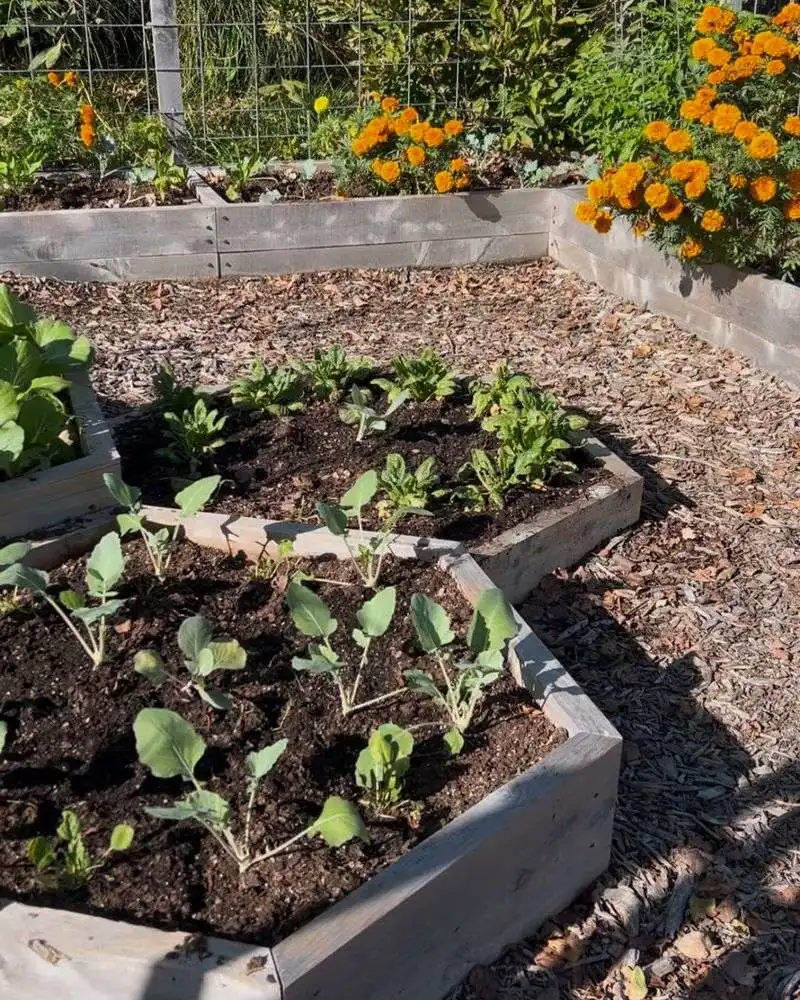
Composting is a sustainable way to enrich your garden while reducing waste. Turning your compost heap ensures even decomposition and aeration, speeding up the process. Use a mix of green materials like grass clippings and brown materials like dried leaves for balance. Properly maintained compost provides a nutrient-rich amendment for your soil, enhancing its structure and fertility. Regularly adding to and turning your compost means you’ll have a continuous supply of this “black gold” for your plants. Composting not only benefits your garden but also the environment by reducing landfill waste.
Staking and Supporting Plants

Tall plants and those with heavy blooms often require support to prevent breakage. Staking your tomatoes, peppers, and towering flowers keeps them upright and healthy. Use stakes made of bamboo or wood, and tie plants gently with soft ties or twine. This practice prevents damage from wind and rain, ensuring your plants can grow without restriction. Regularly check the ties as plants grow, adjusting them to prevent girdling. Proper support not only protects your plants but also improves air circulation, reducing disease risk. A well-supported plant is a happy plant, thriving through the summer.
Harvesting Early Crops
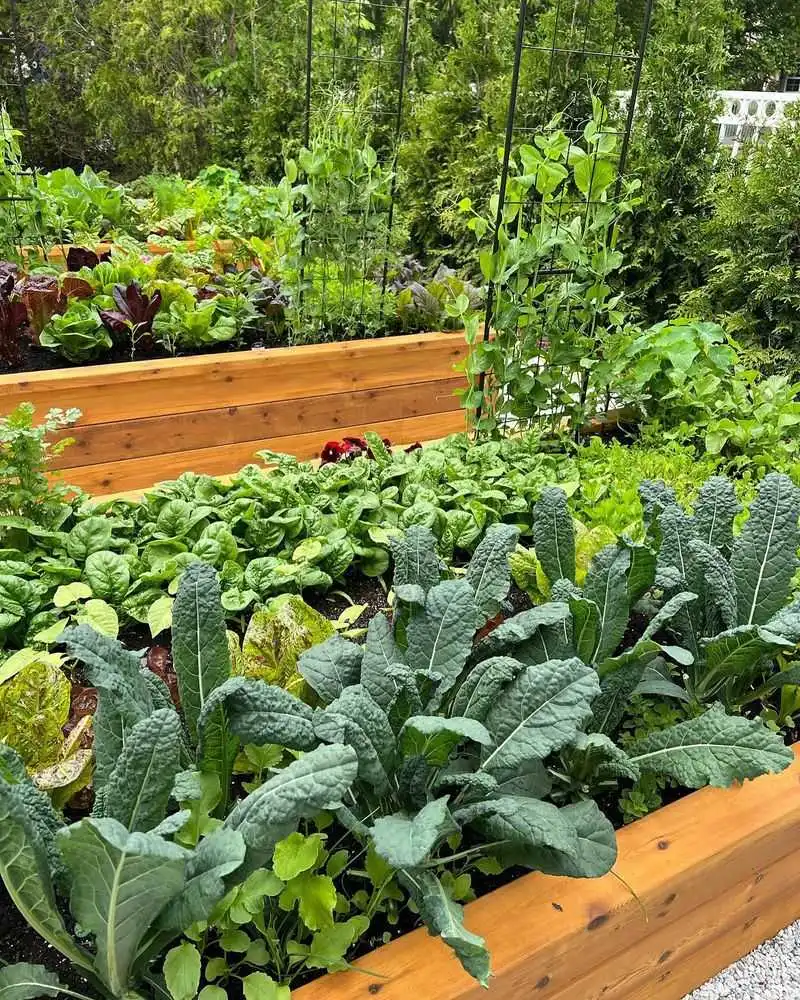
As spring crops reach maturity, it’s time to enjoy the fruits of your labor. Harvesting lettuce, radishes, and other early delights makes room for new plantings in your garden. Pick vegetables at their peak for the best flavor and nutrition. Regular harvesting encourages continuous production, especially in leafy greens. After harvesting, consider planting a second crop to maximize your garden’s productivity. Fresh, homegrown produce is a rewarding payoff for your efforts. Savor the freshness and flavor of your early crops, knowing you’ve set the stage for ongoing harvests throughout the season.
Checking for Diseases
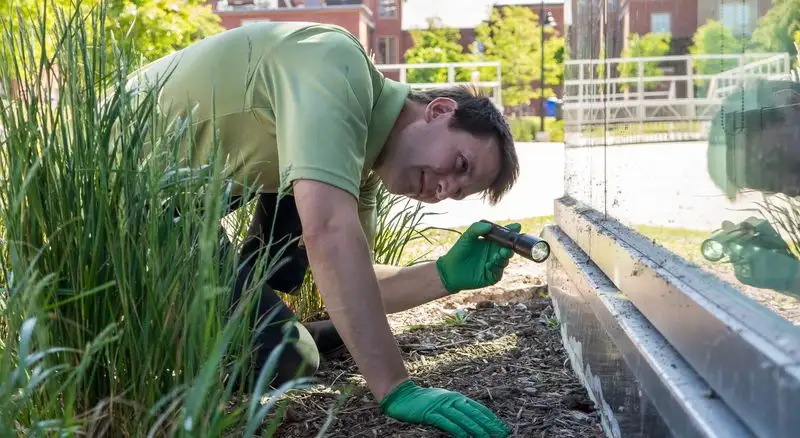
Disease can spread rapidly in a garden, so it’s important to remain vigilant. Regularly inspect your plants for unusual spots, discoloration, or growth patterns. Early detection allows for swift action, minimizing damage. Remove affected leaves and use organic treatments to manage outbreaks. Keeping your plants healthy through proper watering, spacing, and feeding reduces disease risk. Clean your tools regularly to prevent spreading pathogens. A disease-free garden is achievable with attentive care and prompt intervention. Your vigilance now protects your garden’s health and ensures a flourishing display all summer long.
Transplanting Seedlings
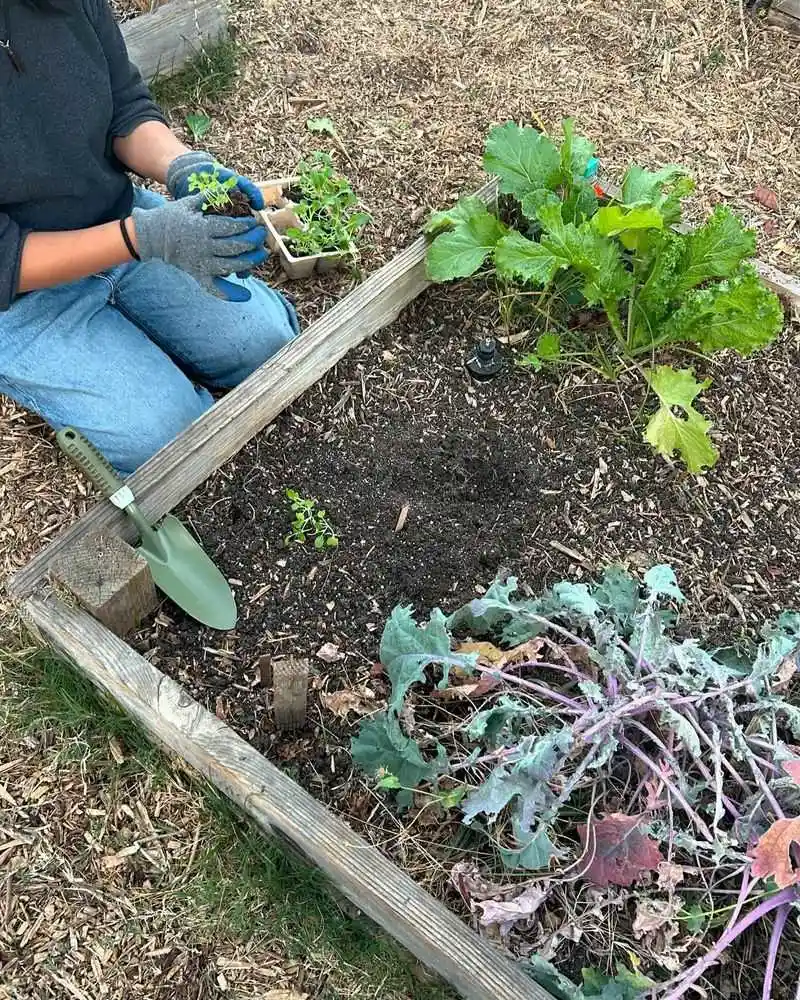
Moving seedlings from pots to garden beds gives them room to grow and thrive. Choose a cool, cloudy day to reduce transplant shock. Water the seedlings well before and after moving them, ensuring they settle in comfortably. Space them properly to allow for adequate air circulation and growth. Transplanting early in June gives these young plants time to establish roots before the summer heat intensifies. This task can transform your seedlings into robust plants, ready to contribute to the season’s beauty and bounty. With careful handling, your garden will benefit from their new vitality.
Cleaning Garden Tools
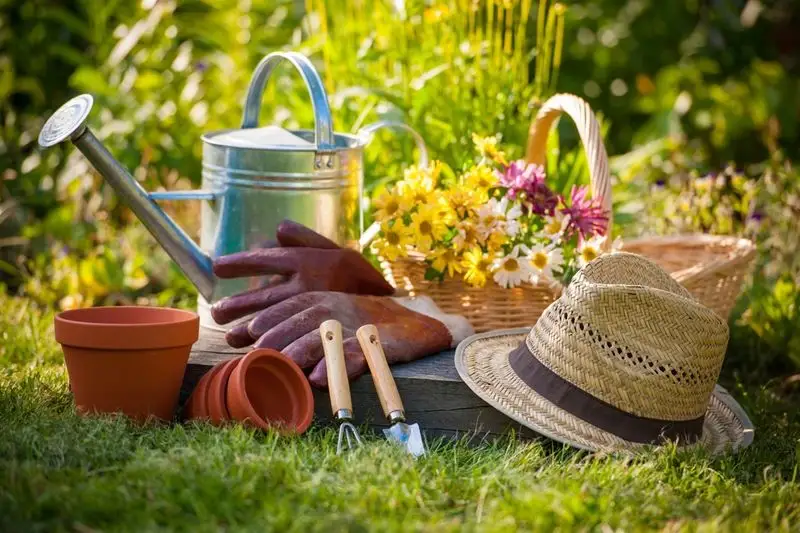
Well-maintained tools are essential for effective gardening. Cleaning your pruners, spades, and other tools prevents rust and the spread of disease. Use a wire brush to remove soil and debris, followed by a thorough wash with soapy water. Dry them well and apply a light coat of oil to metal parts. This routine extends the life of your tools and ensures they function at their best. Sharp tools make clean cuts, reducing stress on plants. Regular maintenance is an investment in your gardening success, ensuring every task is accomplished with ease and precision.
Shade Protection for Delicate Plants

Some plants can’t handle intense summer sun and need extra protection. Installing shade cloth provides relief, reducing heat stress and preventing sunburn. This is especially important for young or tender plants. Secure the cloth above your plants, allowing airflow while blocking harsh rays. Assess your garden for areas needing shade, and adjust as the sun’s angle changes throughout the season. Providing this protection helps plants thrive, keeping foliage vibrant and healthy. It’s a simple solution that can prevent mid-summer wilting and ensure your garden remains a cool and inviting retreat.
Checking Fences and Gates
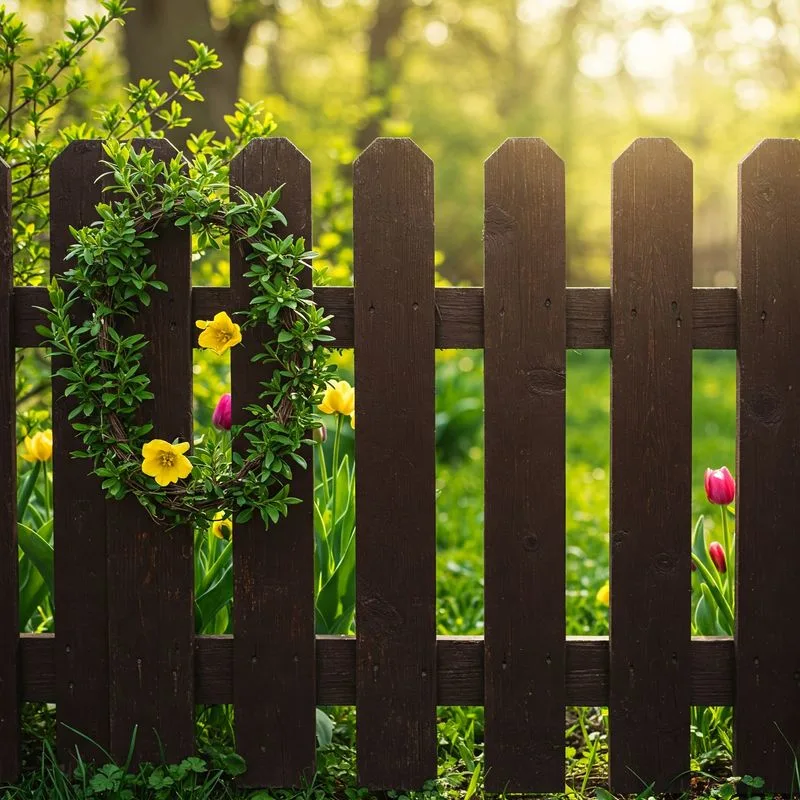
Sturdy fences and gates are vital for keeping pests out and plants in. Inspect your garden’s boundaries for signs of wear, damage, or gaps. Repair any issues promptly to maintain security. This task is crucial not just for physical protection but also for maintaining the garden’s aesthetic appeal. A well-kept fence frames your garden beautifully, adding structure and definition. Routine checks and timely repairs prevent small problems from escalating. Your garden remains safe and secure, providing a peaceful area for plants and gardeners alike. A tidy boundary is as important as the garden itself.
Bird Bath Maintenance

Birds bring life and sound to your garden, and a clean bird bath keeps them visiting. Regularly change the water to prevent stagnation and bacterial buildup. Scrub the bath with a brush to remove algae and dirt. This simple task not only attracts birds but also supports their health. Well-hydrated and happy birds help control pests and pollinate plants. Position the bird bath in a shady spot to keep the water cool and refreshing. A clean bath is a welcoming oasis for our feathered friends, enriching the garden’s ecosystem with their presence.
Adjusting Plant Spacing
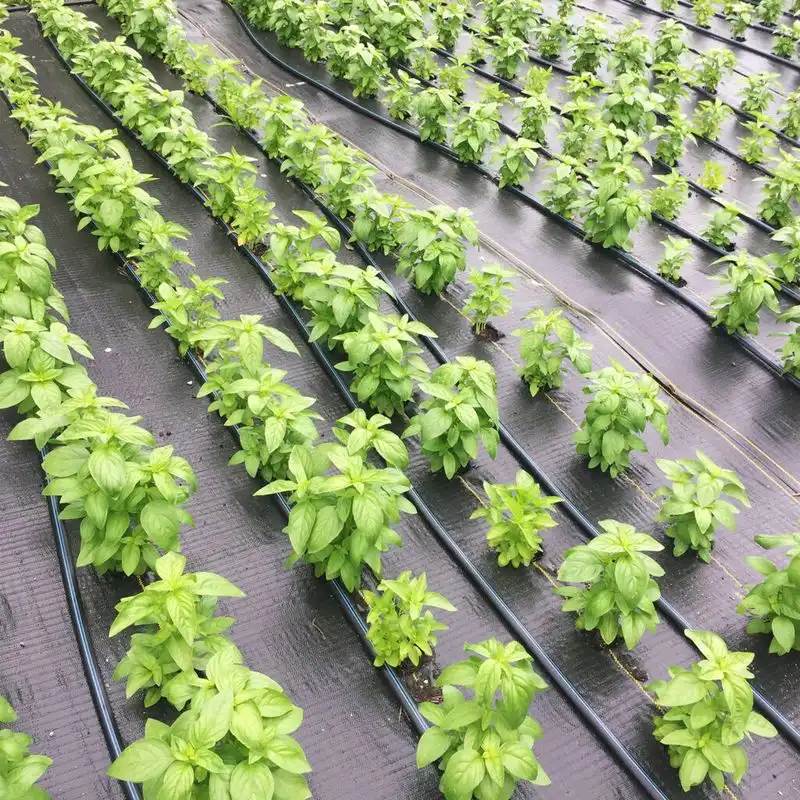
Plants that are too crowded compete for resources and can suffer in the heat. Adjusting their spacing improves air circulation and light penetration. This task is especially important as plants grow larger in June. Evaluate your garden layout and make changes to ensure each plant has space to thrive. Moving pots or thinning seedlings allows for better growth conditions. Proper spacing prevents fungal diseases and promotes healthier, more vigorous plants. By giving each plant its rightful space, you encourage a garden that’s both beautiful and bountiful. Your keen eye for detail helps every plant reach its potential.
Preparing for Storms
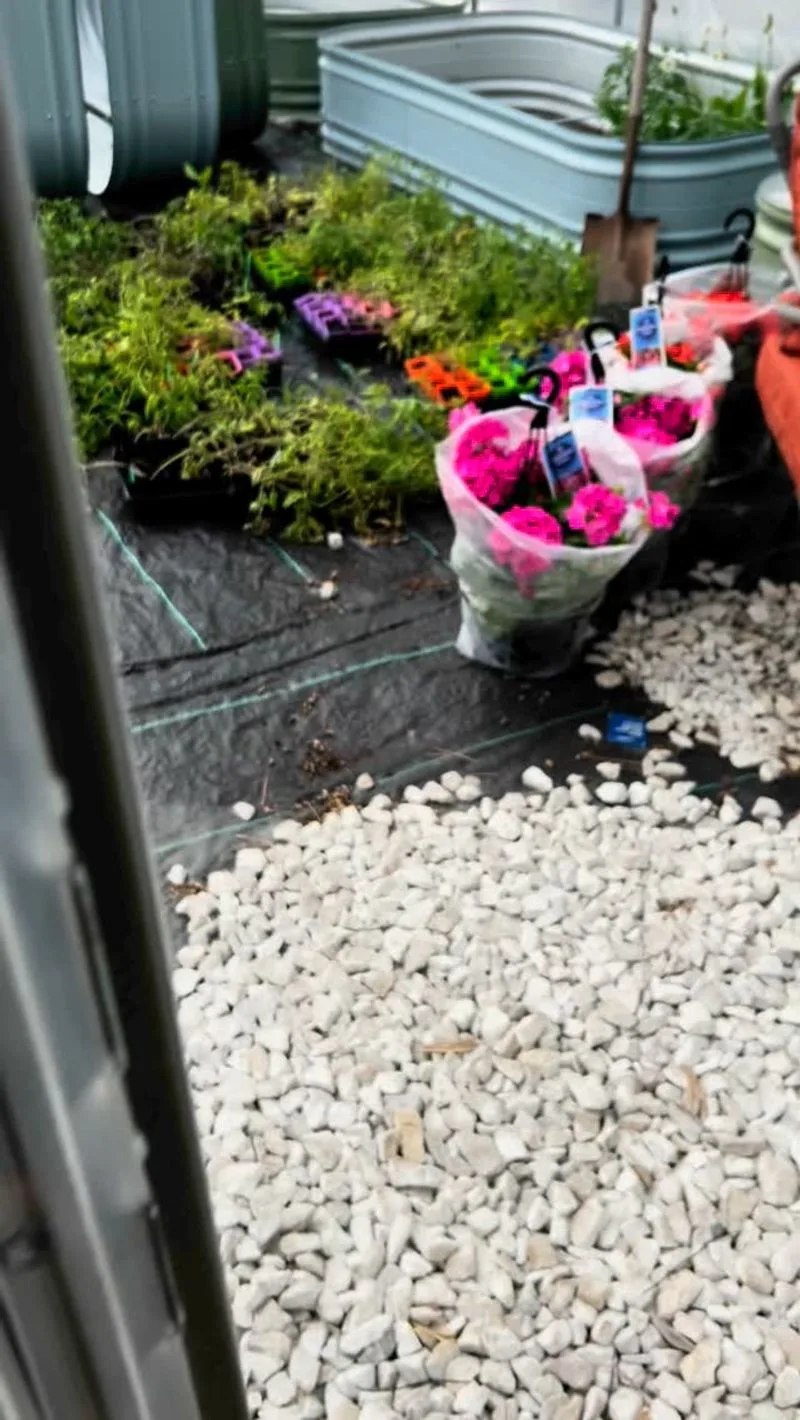
June can bring sudden storms that threaten your garden’s tranquility. Prepare by securing trellises, stakes, and garden furniture. Cover delicate plants with protective cloth or cloches. This preparation minimizes damage from wind and heavy rain. Check drainage to prevent waterlogging, which can harm roots. Being storm-ready ensures your garden can withstand nature’s whims. While you can’t control the weather, you can mitigate its impact. Preparedness is key to preserving your garden’s beauty and functionality, ensuring it remains a serene space even after the storm has passed.
Caring for Container Plants
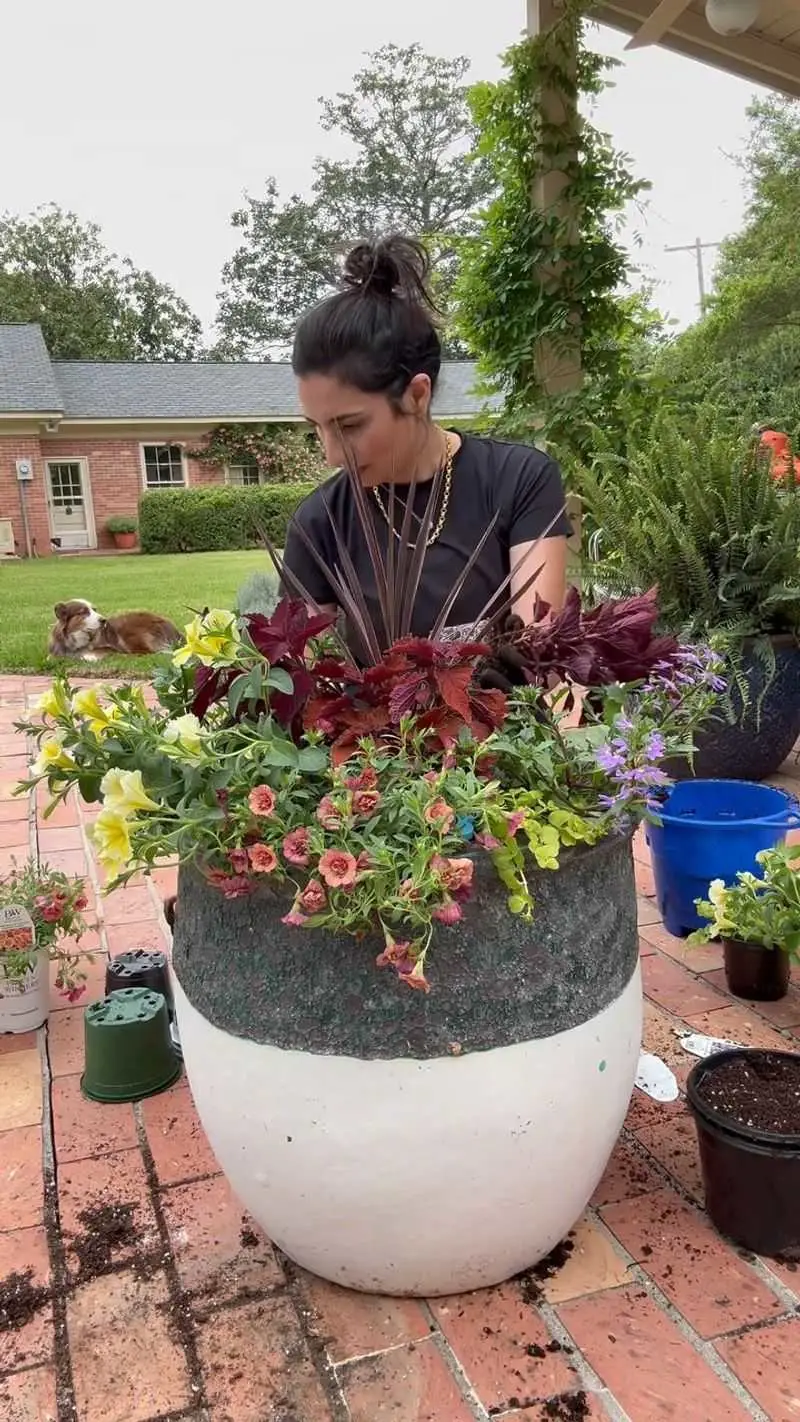
Container plants require special attention as they can dry out quickly in the summer heat. Regular watering and feeding keep them flourishing. Ensure pots have adequate drainage to avoid waterlogged roots. Pruning encourages new growth and keeps plants tidy. Reposition pots to optimize sunlight exposure and shield sensitive plants from harsh rays. This care ensures your container plants remain vibrant and healthy. They add charm and versatility to your garden, allowing you to move beauty wherever it’s needed. With thoughtful maintenance, these plants will reward you with continuous blooms and greenery.
Creating Wildlife Habitats
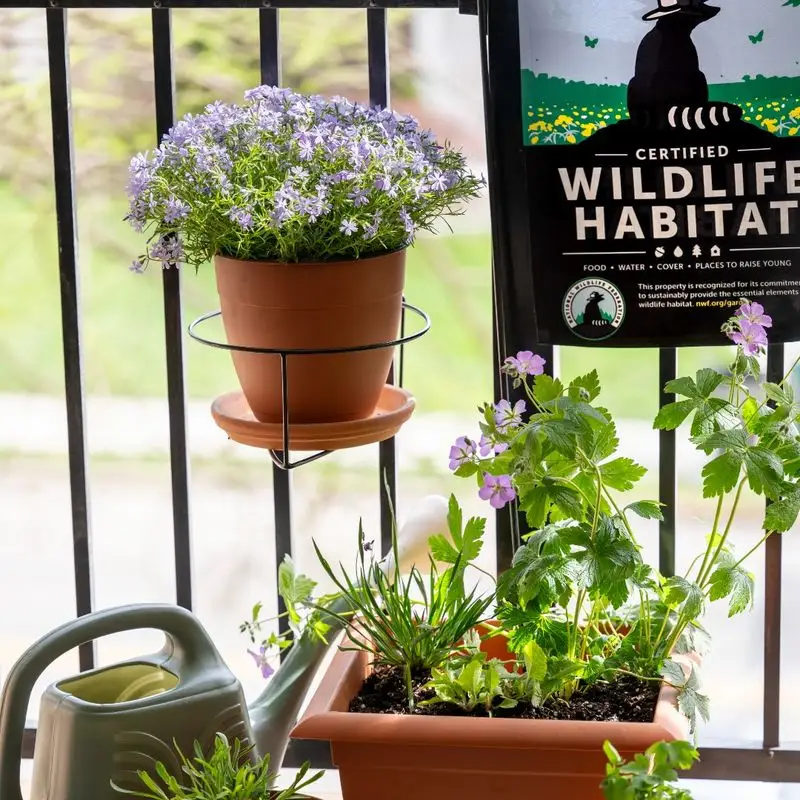
Enhancing your garden’s biodiversity supports both plants and wildlife. Adding features like birdhouses, ponds, and insect hotels invites beneficial creatures to visit. These additions provide shelter, food, and nesting sites, enriching your garden’s ecosystem. Choose native plants that attract pollinators and cater to local wildlife needs. The presence of birds, bees, and other creatures improves pollination and pest control. Creating a welcoming habitat turns your garden into a vibrant, interactive space. It’s a win-win, fostering a thriving environment that supports nature and enhances your garden’s vitality.

